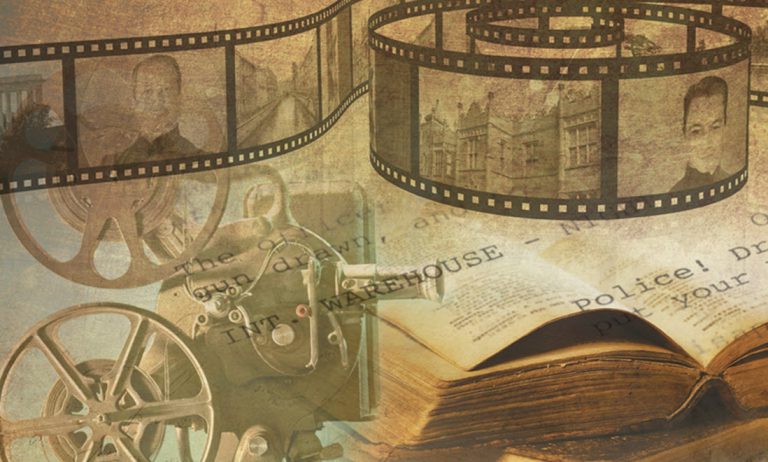See where birds are migrating in real time, in one map Vox: “…BirdCast, forecast provides a three-day outlook of how many birds will be flying overhead across the country — and where. After sunset on Tuesday, for example, BirdCast estimates that 74,000 of them will journey through the skies of New York City. The tool, which was developed by the Cornell Lab of Ornithology and a handful of other universities, also shows where large numbers of birds are cruising through the sky in close to real time. In other words: It’s radar, but for birds. This kind of predictive technology is especially useful as fall migration nears its peak in North America. Each autumn, billions of migratory birds travel south in search of food and warmer weather, some flying several thousand miles. The famous Arctic tern makes an epic journey of more than 12,000 miles from the Arctic to Antarctica — a distance that surpasses the world’s longest nonstop commercial flight. Migration offers something of a fleeting backyard paradise even to novice birdwatchers. You can see all kinds of unique species in your local patch of green as they’re passing through, such as warblers, thrushes, and sparrows in New York City’s Central Park. Forecasting maps like BirdCast help by revealing migration hot spots, from southern Texas to the Great Lakes region. These tools are also a boon for birds. Hundreds of millions of them die each year from colliding with windows, and disorienting lights are a big part of the problem. Forecasts can help cities pinpoint when to turn off the lights, allowing more of the winged passersby safe passage…”
AP: “Death’s come knocking a last time for the splendid ivory-billed woodpecker and 22 more birds, fish and other species: The U.S. government on Wednesday declared them extinct. It’s a rare move for wildlife officials to give up hope on a plant or animal, but government scientists say they’ve exhausted to find these 23. And they warn climate change, on top of other pressures, could make such disappearances more common as a warming planet adds to the dangers facing imperiled plants and wildlife. The ivory-billed woodpecker was perhaps the best known species the U.S. Fish and Wildlife Service declared extinct. The woodpecker went out stubbornly and with fanfare, making unconfirmed appearances in recent decades that ignited a frenzy of ultimately fruitless searches in the swamps of Arkansas, Louisiana, Mississippi and Florida. Others such as the flat pigtoe, a freshwater mussel in the southeastern U.S., were identified in the wild only a few times and never seen again, meaning by the time they got a name they were fading from existence...”
MEdia Dragons of Google Maps fame tracks global warming with new “Fire” layer, Tree Canopy tool - Ars Technica: “Google Maps is getting a few new features to help people better understand our burning planet. The first is a new “fire” layer in the main map view, which will let you view the exact boundaries of a wildfire just as easily as you can look up the current traffic patterns. Google has done fire information before as part of the “crisis response” website, but with climate change making “Fire Season” a yearly occurrencein dry areas like Australia and the Western US, wildfires will now be a top-level Maps feature. Google says the new fire level will bring “all of Google’s wildfire information together” in an easy interface. In the US, it will also pull in data from the National Interagency Fire Center (NIFC), and the company says it wants to expand fire detail with other government agencies, starting with Australia in “the coming months.” Wildfire boundaries should be updated on an hourly basis, and Google says you’ll be able to tap on a fire to see information from local governments, like “emergency websites, phone numbers for help and information, and evacuation details. When available, you can also see important details about the fire, such as its containment, how many acres have burned, and when all this information was last reported.”…
In today’s rush to produce more and more content for the silver screen, there is no shortage of cinematic adaptations of literary works. This concept and process is not new, however—directors and screenwriters have long been retelling beloved classics in feature-film format. Take, for example, Francis Ford Coppola’s adaptation of Dracula. Or François Truffaut’s take on Ray Bradbury’s Fahrenheit 451 and James Whale’s version of Frankenstein. Even current works, such as the Harry Potter and Hunger Games series, have found immense success in the film world. Books to Film: Cinematic Adaptations of Literary Works, a new annual series offered on Gale’s GVRL eBook platform, explores the vast world of film adaptation. Entries discuss basic plot summaries of featured books and films; examine critical reaction to each adaptation at the time of their respective releases; provide biographical information on authors, directors, and screenwriters; and explore the process by which the book is transformed into a film. Adaptations covered range “from the silent period (1895–1927) through to contemporary cinema, from studios major and minor as well as independents, from Hollywood and around the globe” as Editor in Chief Barry Keith Grant writes in his introduction to Volume 1. Literary works covered include fiction and nonfiction, canonical works and bestsellers, classic and contemporary works, and long and short writing.
A New Series on Literature and Film Adaptation
Saturday’s good reading and listening for the weekend
What people in other forums are saying about public policy
Oct 2, 2021
